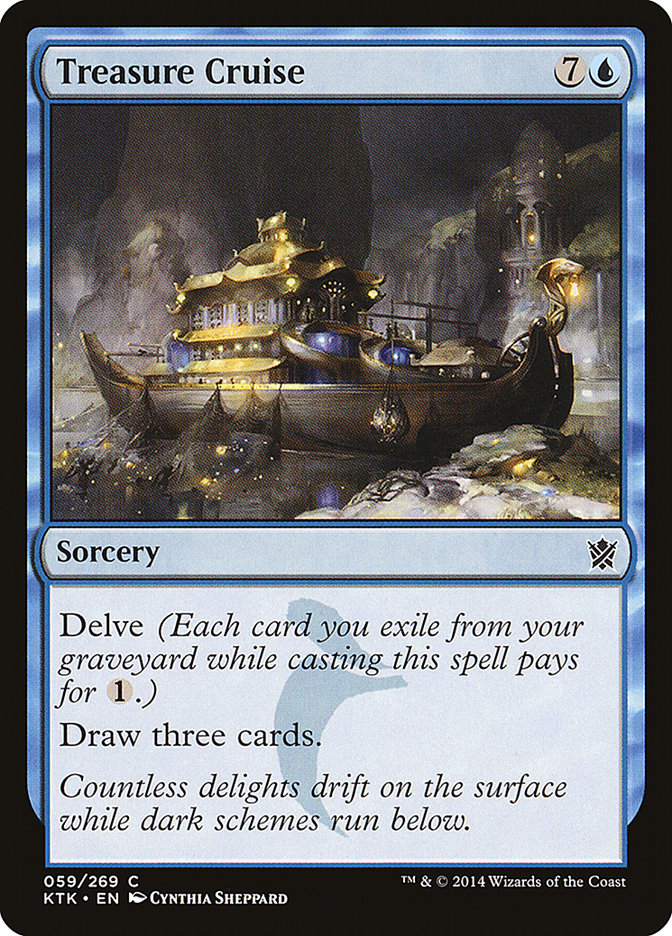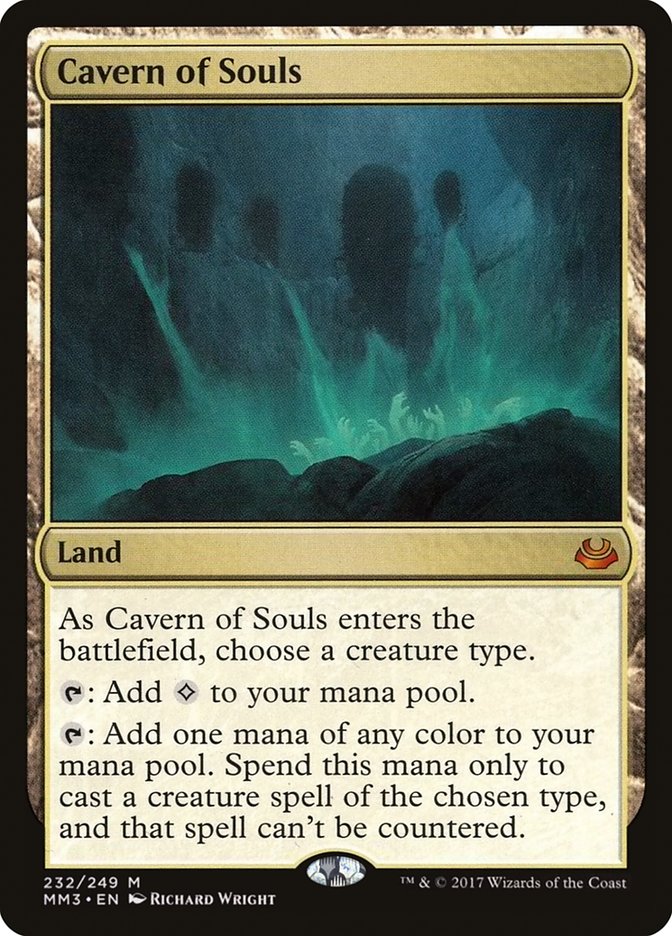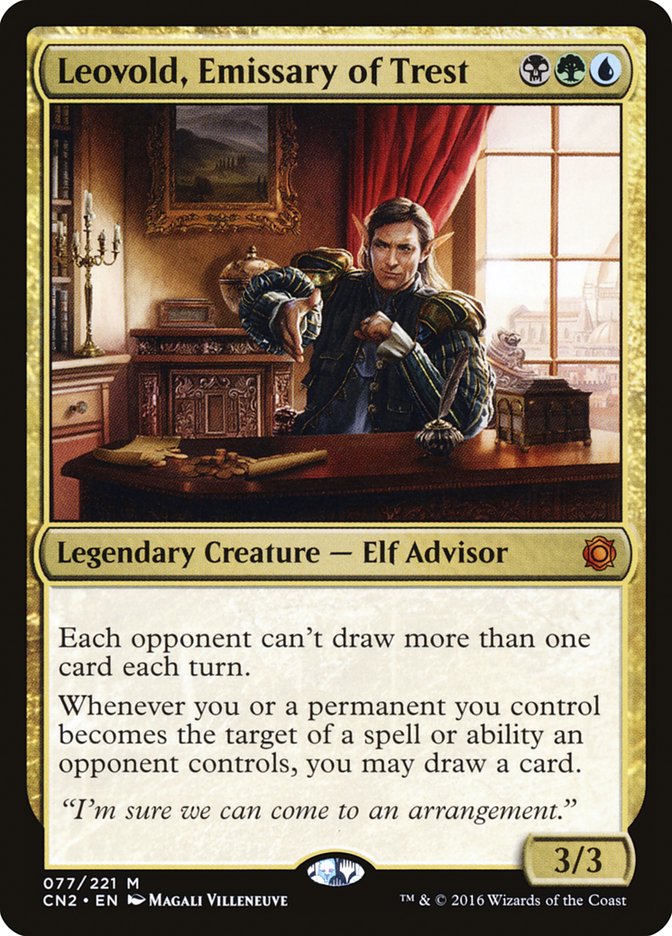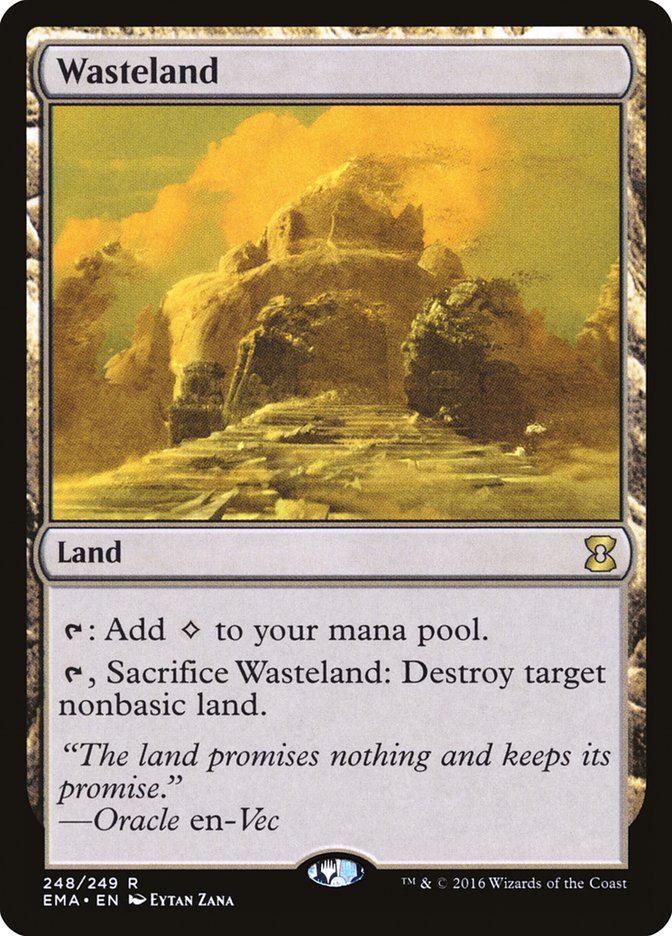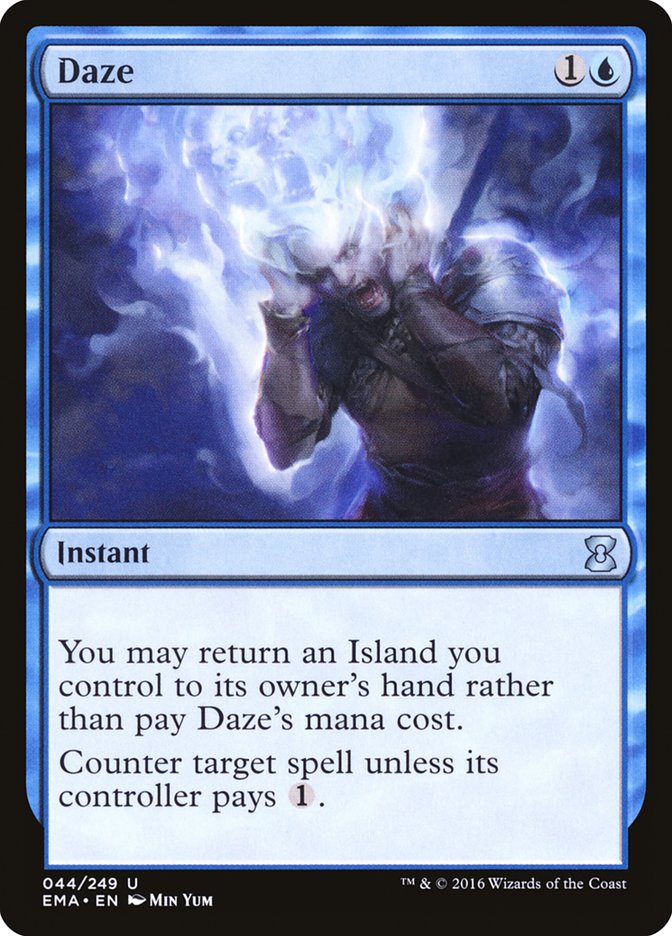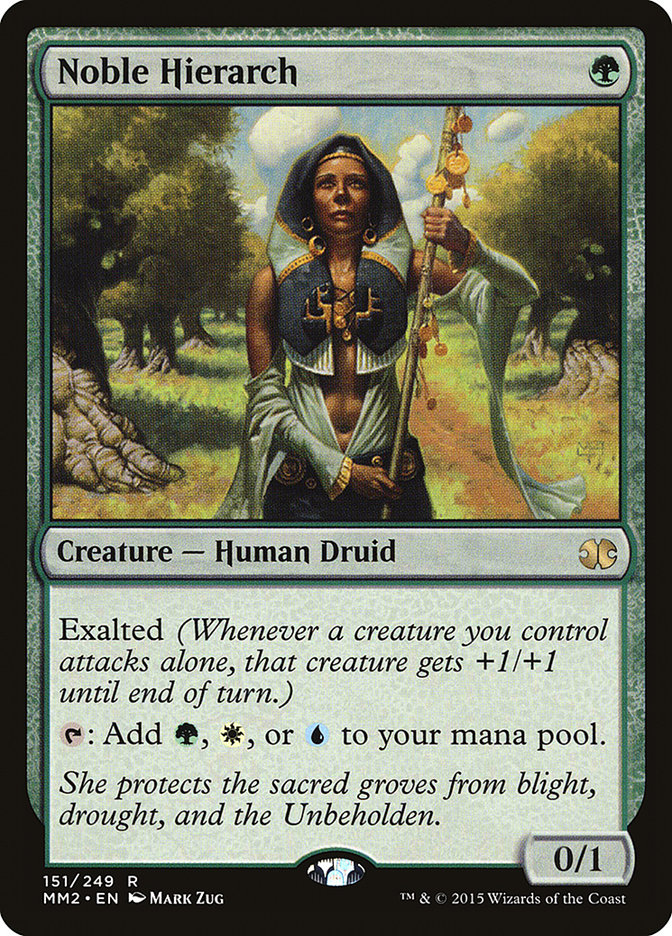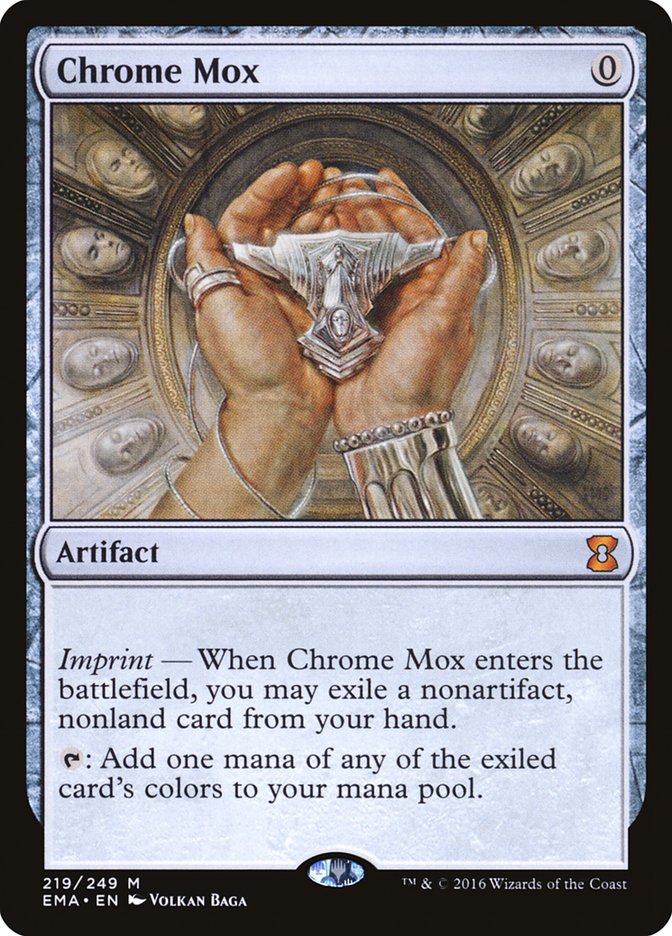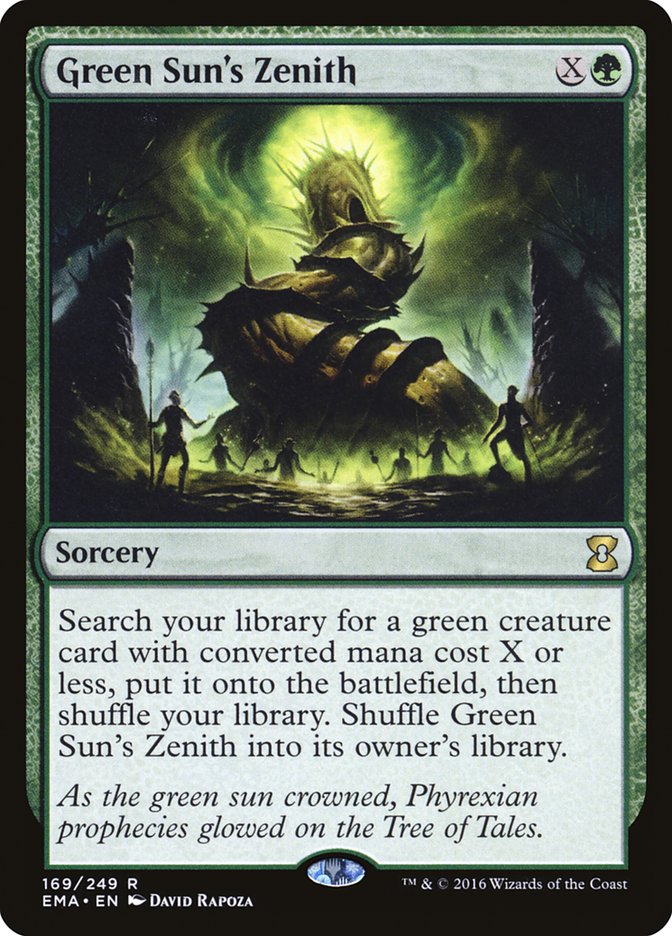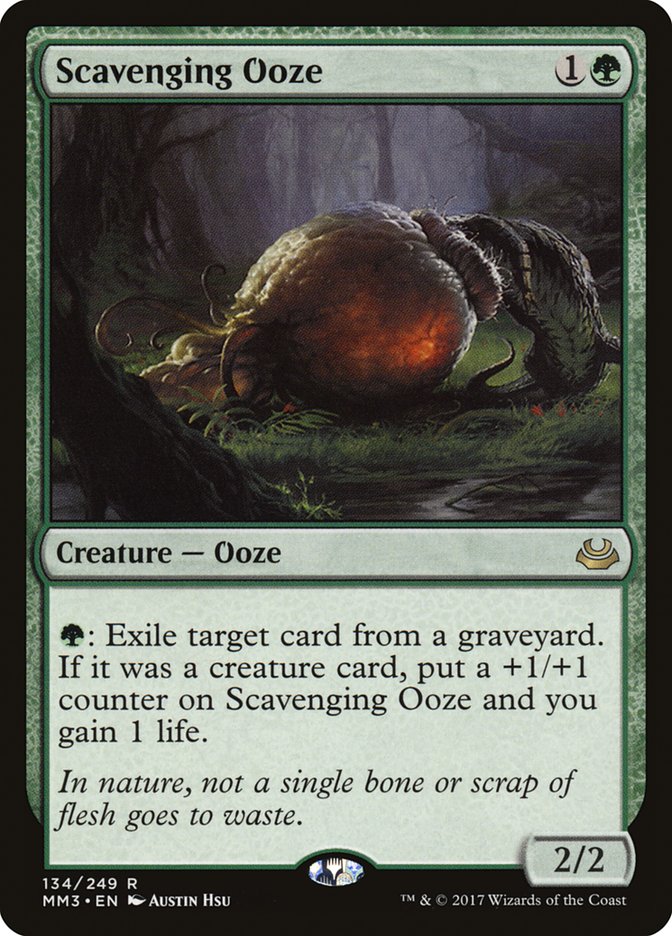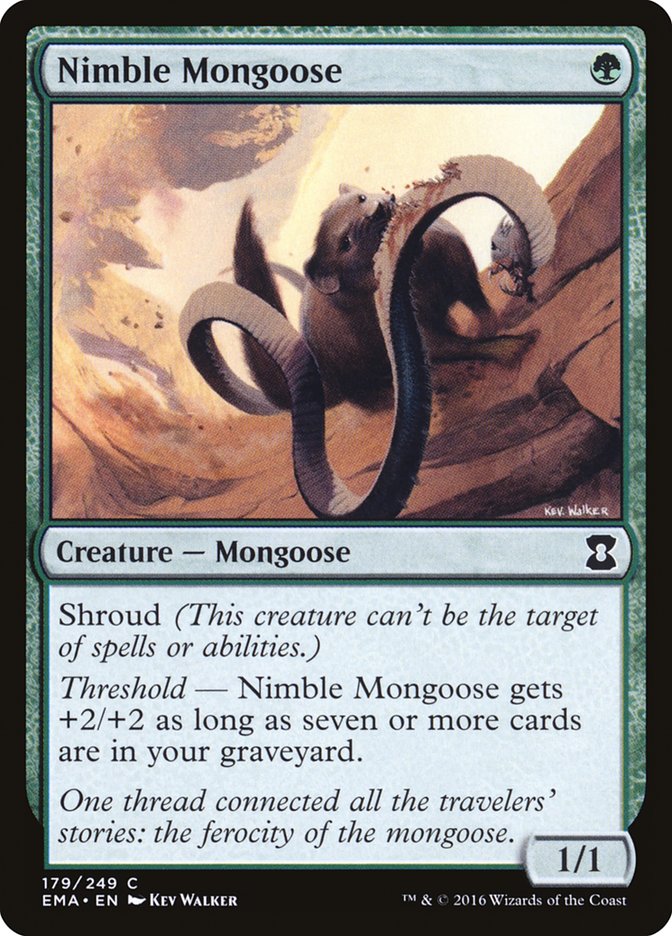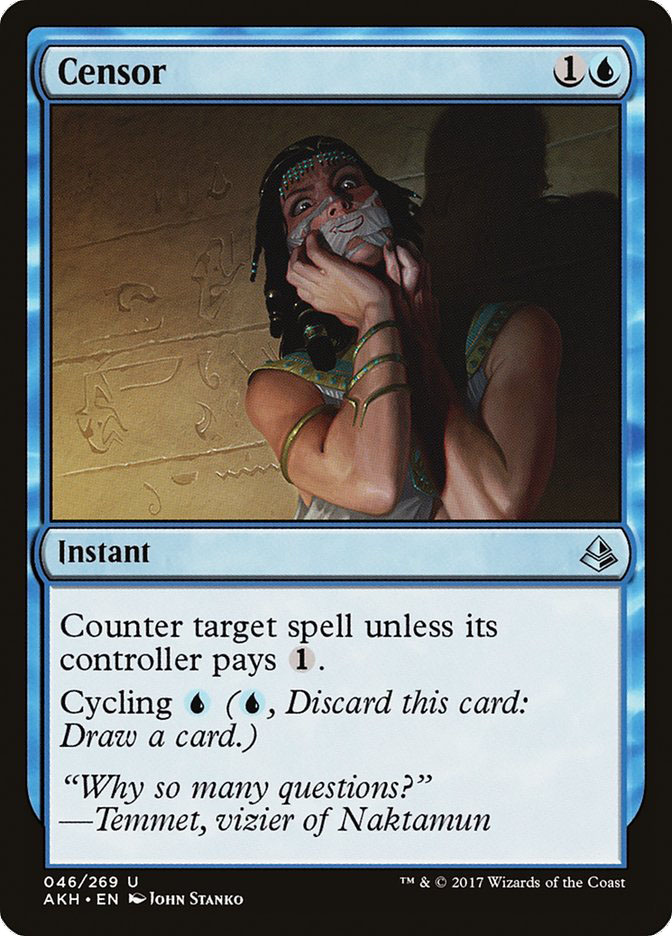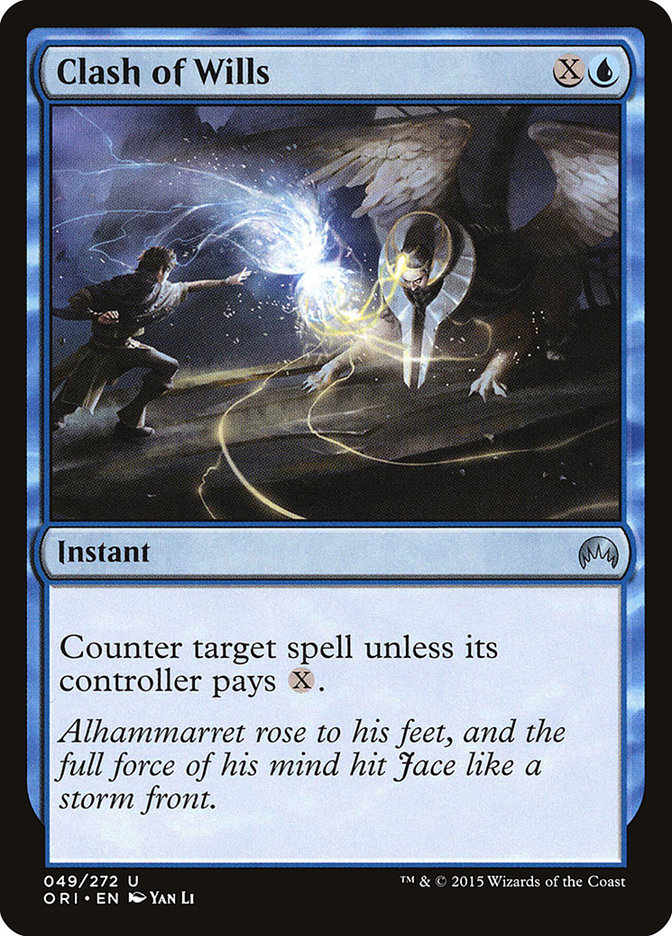Legacy has always been a slow-moving format.
Because of how long most Legacy decks have been in existence, coupled with the high barrier of entry for new cards to make an impact on the format, Legacy tends to look fairly similar from year to year.
In fact, one of the biggest shifts seen in Legacy in the last few years was due to the reintroduction of the delve mechanic, most importantly on Treasure Cruise and Dig Through Time. Both those cards were of course completely unreasonable for Legacy and ultimately banned, but that just goes to show how, if a card is going to make a difference in Legacy, it needs to be disproportionally powerful.
Treasure Cruise was quickly adopted into U/R Delver decks, but even after it was banned it took a while for Dig Through Time to catch on at a pace that matched its power level. This is very common; because Legacy decks are around for so long and people are so entrenched in playing them for years at a time, they are scared of changing them.
I am guilty of this as well, as it took me a few events to finally add the full playset of Cavern of Souls to my Goblins deck. I found every reason in the book as to why the card wasn’t really needed, but the reality was that I was just was apprehensive of changing the deck I had been playing for so long. Change is scary!
This is a common occurrence, and we are seeing this effect with the newest card to make an impact on Legacy:
A few weeks ago I waxed poetic about Leovold, Emissary of Trest, and last weekend at SCG Worcester I put my money where my mouth was.
As Leovold is still a fairly new card from a set only playable in Legacy and Vintage, we are just starting to scratch the surface of what it can do. So far people have been throwing it in to the flex spot of their Sultai Delver decks, playing a copy in their four-color “good stuff” decks, or adding it as a tutor target in Elves decks (something that Elves master Andrew Jessup does not approve of). One of the few decks that has attempted to be more Leovold-centric is the Reid Duke-tested, Sam Pardee-approved Sultai Midrange deck that Sam won #SCGBALT with.
Creatures (14)
Planeswalkers (3)
Lands (21)
Spells (22)

Skipping the more common Delver of Secrets, Tarmogoyf, or Gurmag Angler threat base, Sam’s deck is very much interested in playing a three-mana heavy hitter on turn 2, be it True-Name Nemesis or Leovold, Emissary of Trest. With this further focus on more midrange elements, the deck can also incorporate Jace, the Mind Sculptor to good effect. As such, the deck’s threat base is much more robust than that of other fair decks in the format, with most of them being actively good against Miracles and one-for-one removal.
However, the deck has some oddities as well.
Wasteland and Daze are two of the most prized elements of various Delver of Secrets decks, as they allow you to trade your land drops for powerful early disruption while you kill your opponent with your undercosted threats. Sequences like “turn 1 Deathrite Shaman, Daze your play on your turn, untap and Wasteland your only land while playing another threat” are often very difficult to recover from, and because the mana curve of a Delver deck is so low, they can often operate on one land. The cost of missing a land drop is very low and worth the cost.
However, Sam’s deck is very focused on casting three- and four-mana threats, and this creates a serious tension with the Daze / Wasteland package. If you are able to go turn 1 Noble Hierarch, turn 2 True-Name Nemesis, Daze your play, that’s going to work out great, but very often your opponent is going to be killing your mana creatures and using Wasteland against you as well. As such, you can get into spots where a Wasteland or Daze is almost better for your opponent than you if you use it.
There’s no doubting the power of Wasteland and Daze, but not every deck is always going to want them.
My other issue with the deck was that Noble Hierarch made it feel a little too threat-light. Flooding on mana creatures is a concern, and while Noble Hierarch is a great card, it just didn’t feel relevant often enough. The creatures don’t really need exalted to get through, and if someone deals with your one or two real threats, the leftover Noble Hierarch doesn’t do a ton.
Big Leo 6
The goal moving forward with the deck was to solve these two issues, as well as making sure we were playing as many copies of Leovold, Emissary of Trest as we could. Leovold is of course legendary, but has such a powerful effect while on the battlefield that we would rather have one than not. People are often too timid when it comes to new cards in Legacy, and it’s often a good idea to push a card to the maximum and see how it performs.
The initial draft of the deck had four copies of Chrome Mox and four copies of Leovold, with the idea being that the card advantage from Leovold; Jace, the Mind Sculptor; and other elements could make up for the card disadvantage and that extra Leovolds could be imprinted on Chrome Mox (for three colors!) or pitched to Force of Will. Chrome Mox also has corner-case applications against cards like Blood Moon and Wasteland recursion decks.
This was a pretty absurd notion, however. While Chrome Mox is an underplayed card in Legacy, the deck could not consistently produce enough extra cards to use it properly. I ended up trying out two in the Open and they mostly underperformed, although it may be possible to build the deck in a way where Chrome Mox is good.
The other innovation was to move to a Green Sun’s Zenith package rather than playing Noble Hierarch. Dryad Arbor is certainly a worse card that Noble Hierarch on turn 1, but the flexibility of it being a great threat in the late-game, more copies of Leovold, and a possible toolbox is a huge draw. Green Sun’s Zenith was great all tournament and it can probably do even more in the future with a more refined package.
Having access to Dryad Arbor, Deathrite Shaman, Tarmogoyf, Leovold, and a Scavenging Ooze in the maindeck makes Green Sun’s Zenith very flexible, and a few other tutor targets were available in the sideboard as well.
Tireless Tracker constantly overperformed and could likely find a slot in the maindeck. If one were to go down the Chrome Mox path again and wanted for a solid and repeatable source of card advantage to make up for the card lost to imprint, Tireless Tracker is a dream come true.
Reclamation Sage was a fairly obvious sideboard choice, but Nimble Mongoose also had an interesting role to fill. Against Miracles, the only way for them to handle a 3/3 Nimble Mongoose is Terminus or Monastery Mentor, and if it’s the victim of Terminus, it ends up right back in your deck where you can go get it once again.
We ended up here:
Creatures (15)
- 3 Tarmogoyf
- 1 Scavenging Ooze
- 2 Baleful Strix
- 4 Deathrite Shaman
- 2 True-Name Nemesis
- 3 Leovold, Emissary of Trest
Planeswalkers (3)
Lands (18)
Spells (24)

With six effective copies of Leovold, Emissary of Trest, the deck was christened “Big Leo 6” and we were ready to roll.
I’d ultimately take a late loss to Miracles in Round 14 to be eliminated from Top 8 contention, but on the whole the deck performed well. The “go bigger” plan works very well against other Delver and fair decks in the format, and the deck still has enough disruption to deal with the combo decks as well. Leovold, Emissary of Trest was fantastic, and it felt like we were just scratching the surface with the Green Sun’s Zenith package.
I still want to experiment with the Chrome Mox angle of the deck, or perhaps even Mox Diamond with a Wasteland package, but if we are looking for a simple update of the deck. I would start here:
Creatures (16)
- 3 Tarmogoyf
- 1 Scavenging Ooze
- 2 Baleful Strix
- 4 Deathrite Shaman
- 2 True-Name Nemesis
- 1 Tireless Tracker
- 3 Leovold, Emissary of Trest
Planeswalkers (3)
Lands (20)
Spells (21)

I will keep working on the Chrome Mox version of the deck, though, because I just can’t help myself. The morning of #SCGWOR, my head said, “Jim, don’t play Chrome Mox, it’s just not good enough…” and my heart wouldn’t listen.
Amonkhet Blue
It’s hard to get through an article right now and not talk about Amonkhet, even if it’s a Legacy article.
This card is going to change many things in Standard.
I spoke at great length last week how amazing single-cost cycling cards are, and how great they are on cards with powerful but narrow effects. When you play Censor in the early-game, it is effectively going to be Counterspell. Standard decks are made to curve out one to four, with many of the best cards at the three- and four-mana range. Censor can help provide the bridge to the mid-game that control decks desperately need.
I’ve been asking for Clash of Wills back for a while now, and Censor just fulfills the same role but better. The top job of Clash of Wills is to counter a spell on turn 2 before your three-mana counterspells can come online, and Censor does that job perfectly. Clash of Wills makes do in the late-game by being able to sink a bunch of mana into it, which isn’t efficient but is worth the value it has in the early-game. Censor makes itself useful in the mid- to late-game by simply cycling away for a single mana. When mana is tight, it is a counterspell; when mana is no longer constricting, it becomes something else.
One of the fears of Mana Leak-style cards is that your opponent will just play around it and wait until they have the mana to pay the tax, therefor rendering your counterspell ineffective. However, because the cycling cost is so minimal in this scenario, your opponent has done nothing but slow their gameplan down, which plays right into your strengths.
Censor is fantastic.
The other exciting blue card for control decks in Amonkhet is Pull from Tomorrow, which gives us the big blue instant-speed card draw spell we’ve been lacking since Sphinx’s Revelation. Glimmer of Genius is great, but it is still only effectively a fancy Inspiration. Pull from Tomorrow can scale as the game goes on and be the end-game card advantage haymaker that counterspell decks have been lacking. It’s definitely not on the level of Sphinx’s Revelation, but it is a solid card.
Both cards play great with Drake Haven, yet don’t play well with the current gold standard control finisher Torrential Gearhulk. Torrential Gearhulk can still “Flashback” counterspells, removal spells, and Glimmer of Genius, but there will be less room for those cards when you start playing Censor, Pull from Tomorrow, and Cast Out. Flashing back Glimmer of Genius was the primary route to card advantage in current control decks, and that will not be as necessary anymore.
If Torrential Gearhulk can just become a piece of the puzzle rather than the end-all, be-all for Standard control decks, we should be in pretty good shape.
Gideon, Ally of Zendikar still exists, but hopefully, with these new tools, we can overcome. With only half the set previewed, we’ve still got a long way to go, and I’ve already got ideas brewing for new Standard.
SCG Atlanta is the coming-out party for Amonkhet in Standard, and you can bet Team MGG will be bringing something spicy. One year ago, we had our first event as a team at #SCGBALT and came in first, eleventh, and twelfth with the Bant Company deck we worked on that helped to define the format.
One year ago @TeamMGG started with a bang


